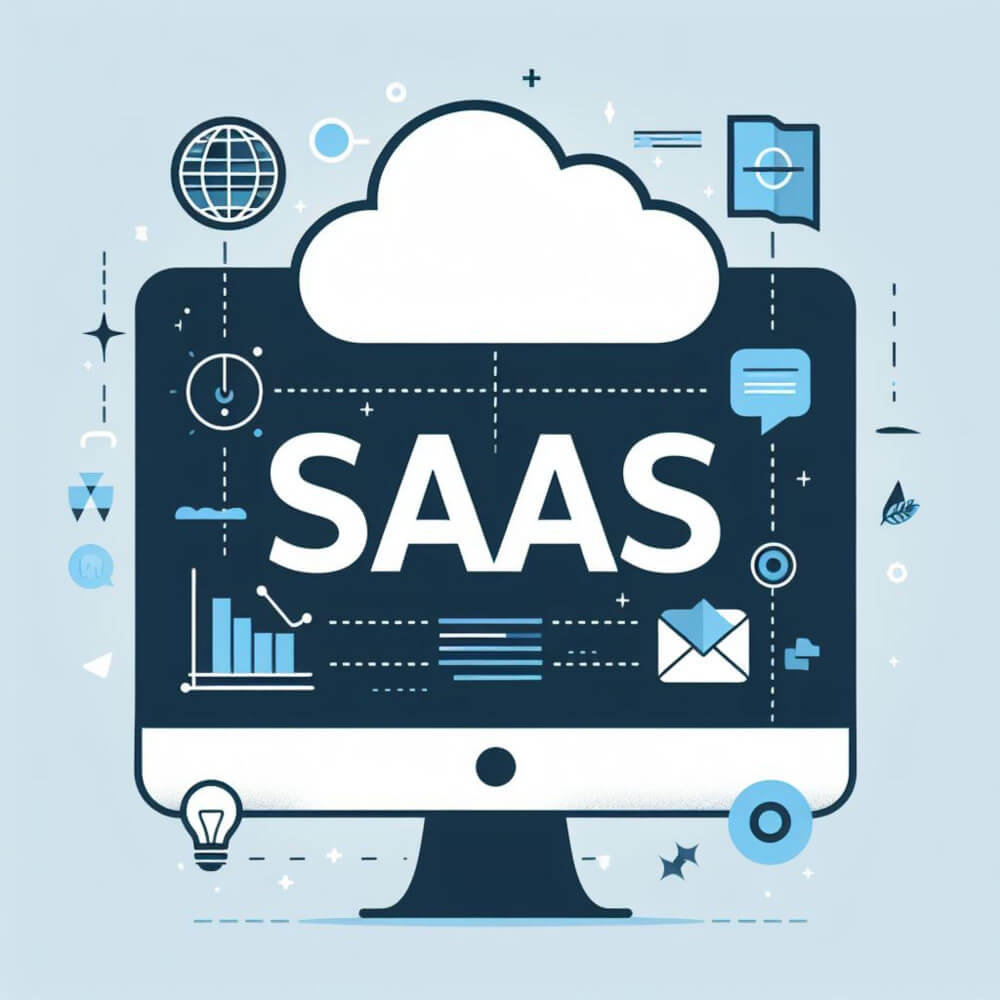SaaS Solutions – 11 Best Practices for Achieving B2B Success
In B2B commerce, SaaS (Software as a Service) solutions have become a pivotal element in driving business success. Offering scalable, flexible, and cost-effective software solutions, SaaS has revolutionized how businesses operate and interact with their customers.
For B2B professionals, embracing the right SaaS solutions can lead to enhanced productivity, streamlined operations, and significant competitive advantage.
This article explores eleven best practices for leveraging SaaS solutions to achieve B2B success.
1# Align SaaS Solutions with Business Goals
Before integrating any SaaS solution, aligning it with your business goals is essential. Clearly define what you want to achieve—whether it’s improving customer relationship management, enhancing collaboration, or optimizing financial operations.
You can maximize their effectiveness and ROI by ensuring that the SaaS strategy you choose supports your strategic objectives.
2# Prioritize Scalability
Scalability is a crucial factor when selecting SaaS solutions. Your business needs may evolve, and the software should be able to scale with you.
Opt for solutions that offer flexible pricing plans and can handle increasing workloads without compromising performance. This will ensure that your SaaS strategy can grow alongside your business.
3# Ensure Integration Capabilities
SaaS solutions should seamlessly integrate with your existing systems and tools. Look for solutions that offer robust APIs and integration capabilities.
Effective integration can reduce data silos, enhance workflow automation, and improve overall efficiency. Ensure that the SaaS provider offers support and resources for smooth integration.
4# Focus on User Experience
A user-friendly interface and positive user experience are essential for the successful adoption of SaaS solutions. The software should be intuitive and easy to navigate to minimize training time and maximize user satisfaction.
Evaluate the user interface and consider user feedback during the selection process to ensure it meets your team’s needs.
5# Assess Security and Compliance
Security is a top concern when adopting SaaS solutions. Ensure that the provider follows industry-standard security practices and offers features like data encryption, regular security audits, and access controls.
Additionally, verify that the solution complies with relevant regulations and standards, such as GDPR or HIPAA, to protect sensitive data.
6# Evaluate Support and Customer Service
Reliable customer support can make a significant difference in the effectiveness of your SaaS solution. Choose providers that offer responsive and knowledgeable support teams.
Look for features like 24/7 support, comprehensive documentation, and community forums. Good support can help resolve issues quickly and minimize downtime.
7# Monitor Performance and Usage
Regularly monitoring the performance and usage of your SaaS solutions is crucial for ensuring they deliver the expected benefits.
Use analytics and reporting features to track key metrics such as system performance, user engagement, and ROI. This data can help you make informed decisions and optimize your SaaS strategy.
8# Stay Updated with Regular Upgrades
SaaS solutions often undergo updates and enhancements to improve functionality and security. Ensure that the provider offers regular updates and maintenance to keep the software current.
Staying updated with the latest features and improvements can help you leverage new capabilities and stay ahead of the competition.
9# Foster Collaboration and Communication
Effective collaboration and communication tools are essential for B2B success. Choose SaaS solutions that facilitate seamless communication between teams, departments, and external partners.
Features like real-time messaging, file sharing, and project management can enhance collaboration and drive better business outcomes.
10# Conduct Regular Training and Onboarding
Proper training and onboarding are vital for maximizing the benefits of your SaaS solutions. Provide your team with the necessary training to ensure they understand how to use the software effectively.
Regularly update training materials and offer refresher courses to keep everyone up to speed with new features and best practices.
11# Evaluate ROI and Make Data-Driven Decisions
Finally, continuously evaluate the ROI of your SaaS solutions to ensure they meet your business objectives. Use data-driven insights to assess performance, identify areas for improvement, and make informed decisions about your SaaS investments.
Regularly review your SaaS strategy and adjust as needed to align with evolving business needs.
Conclusion
Implementing SaaS solutions effectively requires a strategic approach and careful consideration of various factors.
By aligning solutions with business goals, ensuring scalability, focusing on user experience, and prioritizing security, you can leverage SaaS to drive B2B success. Monitoring performance, fostering collaboration, and investing in training will further enhance the value of your SaaS strategy.
Embrace these best practices to optimize your SaaS strategy and achieve sustained growth and success in the competitive B2B landscape.
I hope you find the above content helpful. For more such informative content please visit TechnoB2B.



